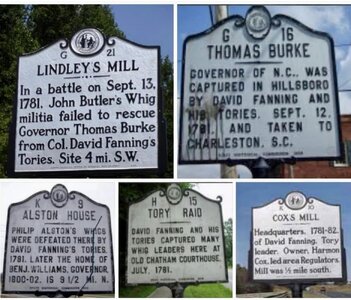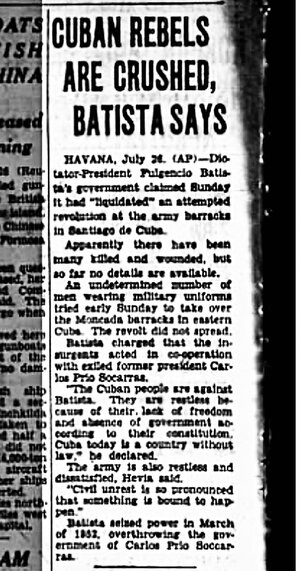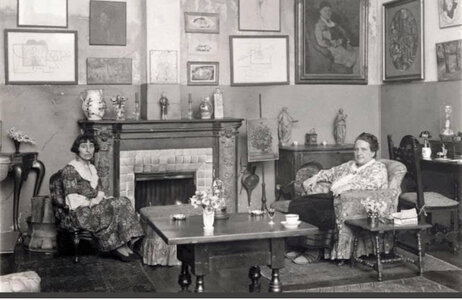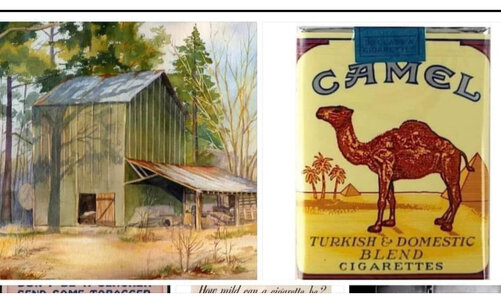
I did a lot of riding around in Chatham, Moore, Randolph, Orange, Guilford, Alamance, Durham, and Wake Counties during my growing up years - The very Heart of North Carolina. I can attribute this to four factors: #1, my parents were big hospital visitors, maybe that was a function of their own life cycles or advances in medicine. #2, my Deddy ran a hardware store and we were constantly going here and there to pick up water pumps or put them in the ground or deliver this or fix that. He knew ALL the back roads too. #3, we attended a lot of small political rallies — never-never GOP by the way — in school auditoriums and gyms in little towns throughout the Piedmont. And #4, they were big followers of high school basketball and we regularly drove to games, often in those same towns and venues, across the winter months.
In doing that I came to despise David Fanning. There was a NC Historical Marker proclaiming his meanness in Pittsboro (Chatham County — see images for each marker below) but I also saw evidence of his evil in Eli Whitney (Alamance), near Ramseur/Asheboro/Cox’s Mill (Randolph), Hillsborough (Orange), and Carthage (Moore). These markers, “History On A Stick” — sparked me to read and to try and understand our Tar Heel history. They are pretty likely the biggest reason I’m a teacher today.
Back to Fanning. His story attests to the nastiness that was our War for Independence and the degree to which it was also a civil war. In 1781 Fanning managed to gather together a troop of some 700 North Carolinians dedicated to preserving monarchy and the rule of King George III. Countering that commitment were multiple pockets of Resistance and pro-Democracy sentiment throughout the colony.
Fanning has been described as vicious and truth be told, it appears he was - and so were many of the engagements of that conflict. I think we are often given to believe that war in those times was somehow different, less brutal, from later ones. A simple following of Fanning’s July through September 1781 terror campaign through the Piedmont should extinguish those imaginings.
Fanning was appointed Colonel of the “Loyal Militia of Randolph and Chatham” on July 5, 1781.
On July 18 Fanning attacked the courthouse in Pittsboro and took captive numerous pro-Independence activists. On July 29 he led an attack on the Alston home near Carthage. Throughout August Fanning spent his time in the Cape Fear region claiming supplies. Back in the Piedmont, on September 12 Fanning attacked Hillsborough and nigh destroyed the Government of Resistance, kidnapping Rebel Governor Thomas Burke. Burke later chronicled his poor treatment at Fanning’s hands. On September 13 Fanning fought off an attempt to free the governor and other captives at Lindley’s Mill.
Note that ALL these actions occurred AFTER the Battle of Guilford Courthouse on March 15, 1781, and the swift movement (flight?) out of the colony of General Cornwallis and the British regular Army. Fanning fought until forced to flee to Canada where he led an auspicious life not uncontroversial and flecked with notable acts that hardly absolve him. Was I correct in my child’s vision of Fanning as Evil? He was certainly daring and ruthless and ultimately on the wrong side of MY history. He did himself no favors in his comportment and mentions of kindness and/or compassion are absent from his story. He was convicted of rape in his later life but received a Crown pardon, a fact that certainly indicates a rotten, soulless cretin.
Now on to our
#OnThisDay:
#OTD (July 29) 1781 British Loyalists led by David Fanning attacked Rebelling Colonists bivouacked at the home of their commander Philip Alston. Temperance Alston hid her children in the chimney and when the Loyalist Tories threatened to burn them out, she negotiated peace, saving the property and lives — This place is known as The House in the Horseshoe (Moore County) because of its location in a bend of the Deep River.
https://www.ncdcr.gov/.../attack-at-house-in-the-horseshoe
Check out (And Search) the NC Historic Marker Website HERE:
http://www.ncmarkers.com/search.aspx.




